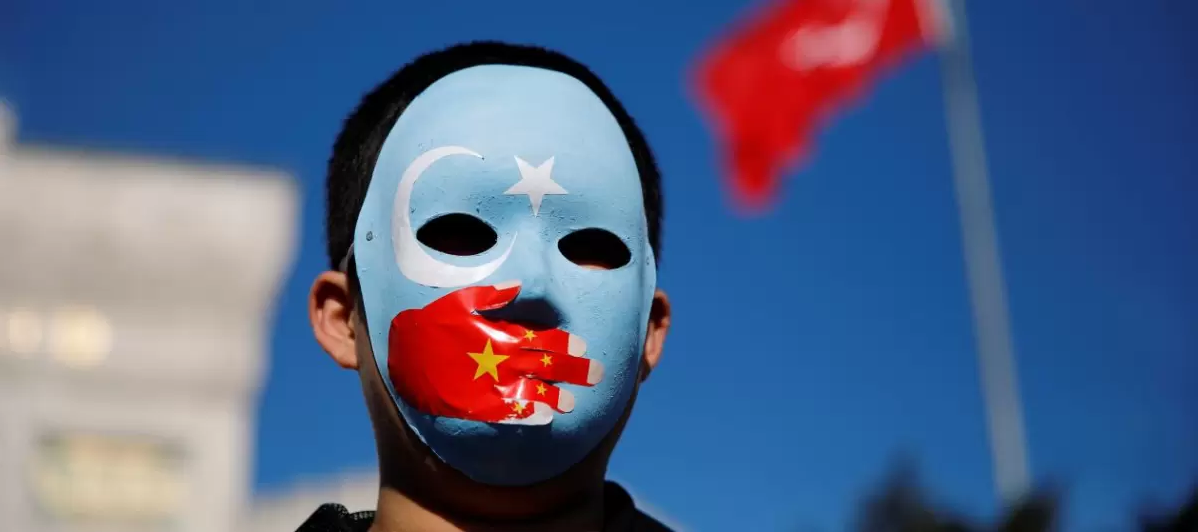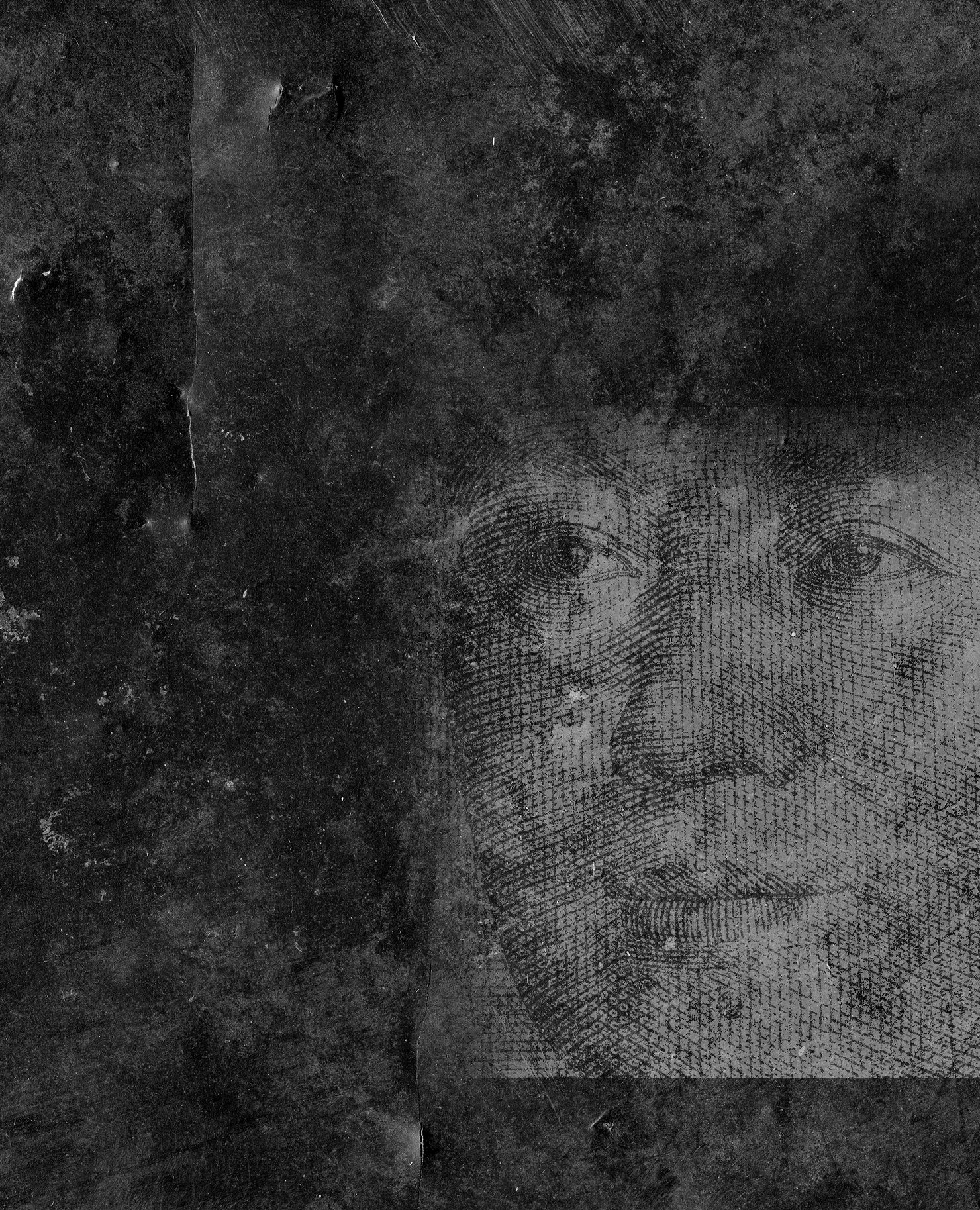
When did the crackdown begin?
Religious repression has intensified across China since President Xi Jinping took office in 2013. The brutal crackdown on minority Muslims in the northwestern region of Xinjiang — where mosques and madrasas are being demolished and more than 1 million Uighurs have been detained in re-education camps — has sparked international outrage. But the Communist Party’s assault on faith is not limited to Islam. Authorities have used the world’s distraction over the coronavirus pandemic to accelerate an ongoing campaign against Christianity. Officially atheist, the party sees adherence to any faith, particularly those with foreign origins such as Christianity and Islam, as a threat to its dominance. So Xi has embarked on the “sinicization” of religious practice, ordering Muslim, Buddhist, and Christian leaders to integrate Chinese communist thought into their belief systems. The party wants people “to love the motherland and their faith,” says You Quan, head of the body that oversees ethnic and religious affairs in China. Sinicization has resulted in thousands of churches and mosques being shuttered and razed; those that remain fly Chinese flags.
How is Christianity practiced in China?
For decades, Chinese Catholics and Protestants have been divided between those who attend state-sanctioned churches — in which clerics are appointed by Beijing — and those who attend so-called underground churches. About half of China’s 12 million Catholics worship in the underground churches loyal to the Vatican. To try to heal that schism, Beijing and the Vatican struck a deal in 2018 that gave Chinese authorities the right to recommend new bishops and the pope the power to approve or veto them. Beijing has exploited that agreement by refusing to name bishops to half of China’s 98 dioceses, while pressuring priests to adhere to party regulations, saying that the Vatican pact means that the pope commands them to do so. Portraits of the Virgin Mary have been replaced by portraits of Xi, and priests have been compelled to incorporate Xi’s sayings into their sermons.


